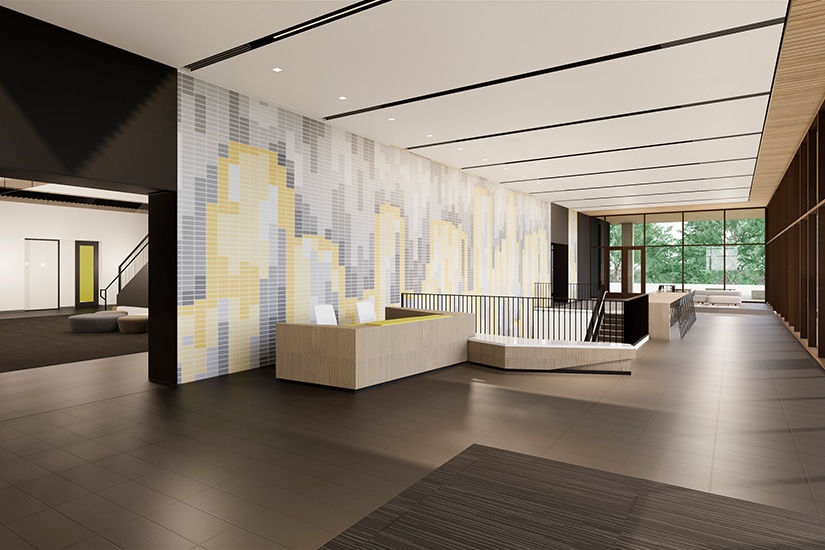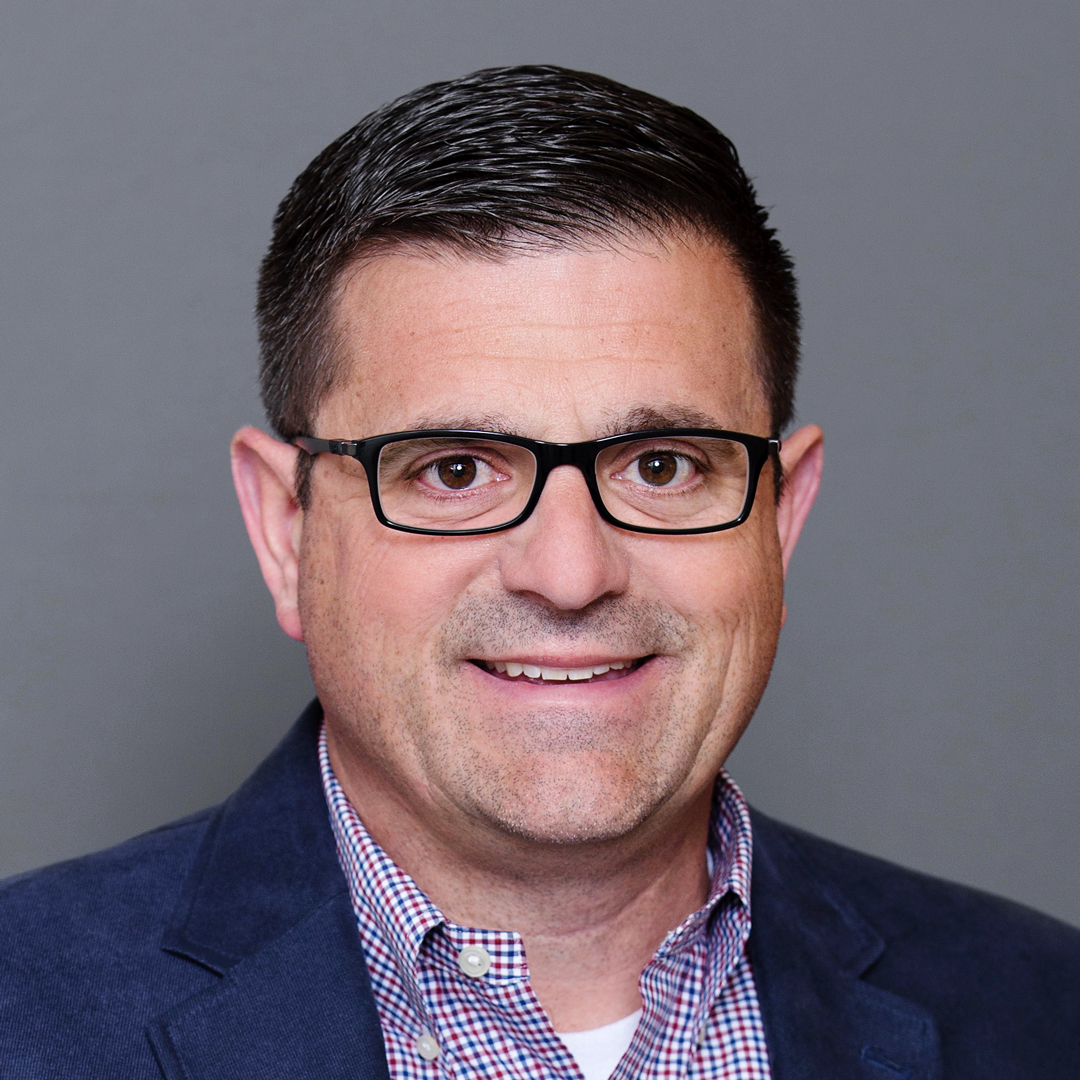|
Getting your Trinity Audio player ready...
|
Flexibility and adaptability are critical to Barbara Queen, California State University–Los Angeles’ associate vice president of facilities, planning, design, and construction, even in normal years. With university funding constantly in flux, Queen must operate with tenuous expectations as to whether a particular project will get funding approval. Throw in the recent global pandemic, causing university revenue to be threatened by a significant absence of students, and Queen must once again nimbly recalibrate her plans, which are often construed many years in advance.
“We are constantly in a state of not knowing what our budget dollars will end up being,” says Queen, explaining that the pandemic will not cause problems which are unfamiliar to her. Working on a campus makes her job particularly unique, both in regard to uncertainty in funding and significance of the projects, she notes.
“We offer our campus community a place where they can operate and spaces that support their learning curriculum,” says Queen of the university setting. “Buildings are really important to people . . . And the level of building we are able to offer is usually something that’s got to stay current with where technology is going.”
The AVP has been inside the California State University system her entire academic and professional career. She had always had a penchant for art and particularly for drawing, but Queen only started to think about architecture when she was at California Polytechnic State–San Obispo as a way to “stay in the art community, but still have a steady income,” she says.

Indeed, her first job was with California Polytechnic State as a student assistant for the planning department her senior year, which allowed her to both work and attend her final year of classes at the same time and place. The skills and relationships she developed while working this job allowed her to continue moving upward, initially at California Polytechnic State and later on at the California State University Chancellor’s office, and finally at California State University’s Los Angeles campus.
Now approaching her twenty-first year working with the California State University system, Queen is struck by how much has changed. “CSU has really restructured quite a bit in how we finance our campus projects,” Queen says. “Supporting our campuses has changed from brand new buildings to ‘how do we maintain our existing infrastructure?’”
Two recent marquee projects under Queen’s purview, a new student housing building and a seismic retrofit of the physical sciences building, have exemplified this shift. “Our housing project was in a place where we had to do a market study to validate that we had a demand for housing in our campus,” Queen explains. “We had a lot of internal moments where we had to get together and make a good argument for why we wanted the type of housing we wanted.”

“In everybody’s mind it’s a commuter campus,” she continues. “So, it was really about how to show that the project really would benefit the campus, even if the theoretical input didn’t look as stable, we had to go to a future condition, understanding that the campus was moving in a direction of offering freshman more opportunities to live on campus.”
In all, the housing project was a $200 million endeavor that also required a new $60 million parking garage, both of which have been received positively and allowed CSU to maintain pace with peer institutions and bolster existing infrastructure.
A particularly challenging aspect of the job, Queen says, is finding sufficient replacement spaces when renovations to an existing space are set to begin—and this is exactly how the seismic retrofit of the physical sciences building took place.
The administration office, which was housed in an old building with seismic issues, was moved into what used to be the physical sciences building. However, simply moving the administrational offices back to the new building after renovating it didn’t merit the tremendous expense of the project. “We had to compromise on how we were going to justify reusing the building and take what was $130 million to renovate—and justify that we needed that,” Queen recalls.
Eventually, the AVP and her team decided to make the old physical sciences building the permanent home of the administration office, while tearing down the old building with seismic issues in order to build a new building with state-of-the-art classrooms and support space.
With this shift in strategy, Queen notes the team had a lot more support for the funding and was able to have its project approved. “A lot of my style is reaching out to people directly, rolling up my sleeves, and helping people solve problems,” she says.
Queen is no stranger to finding ways to be creative in order to complete projects, and she credits her team with tremendous flexibility and follow-through that allows it all to happen.


